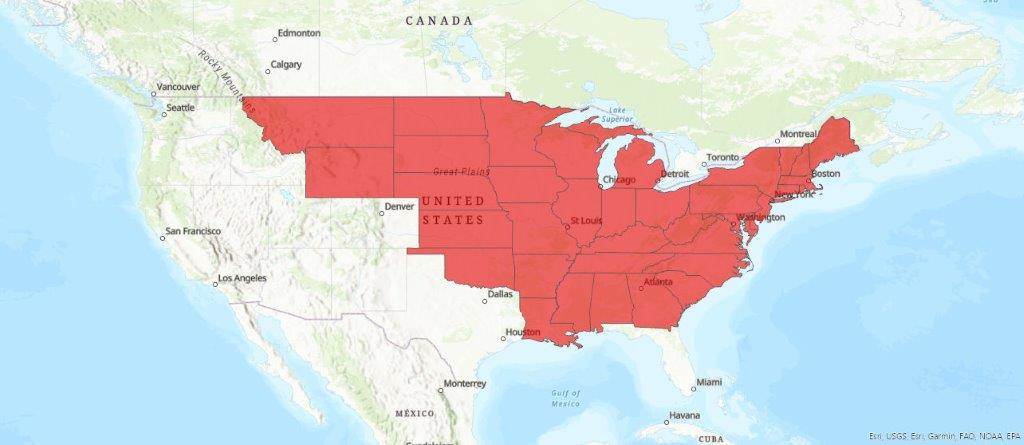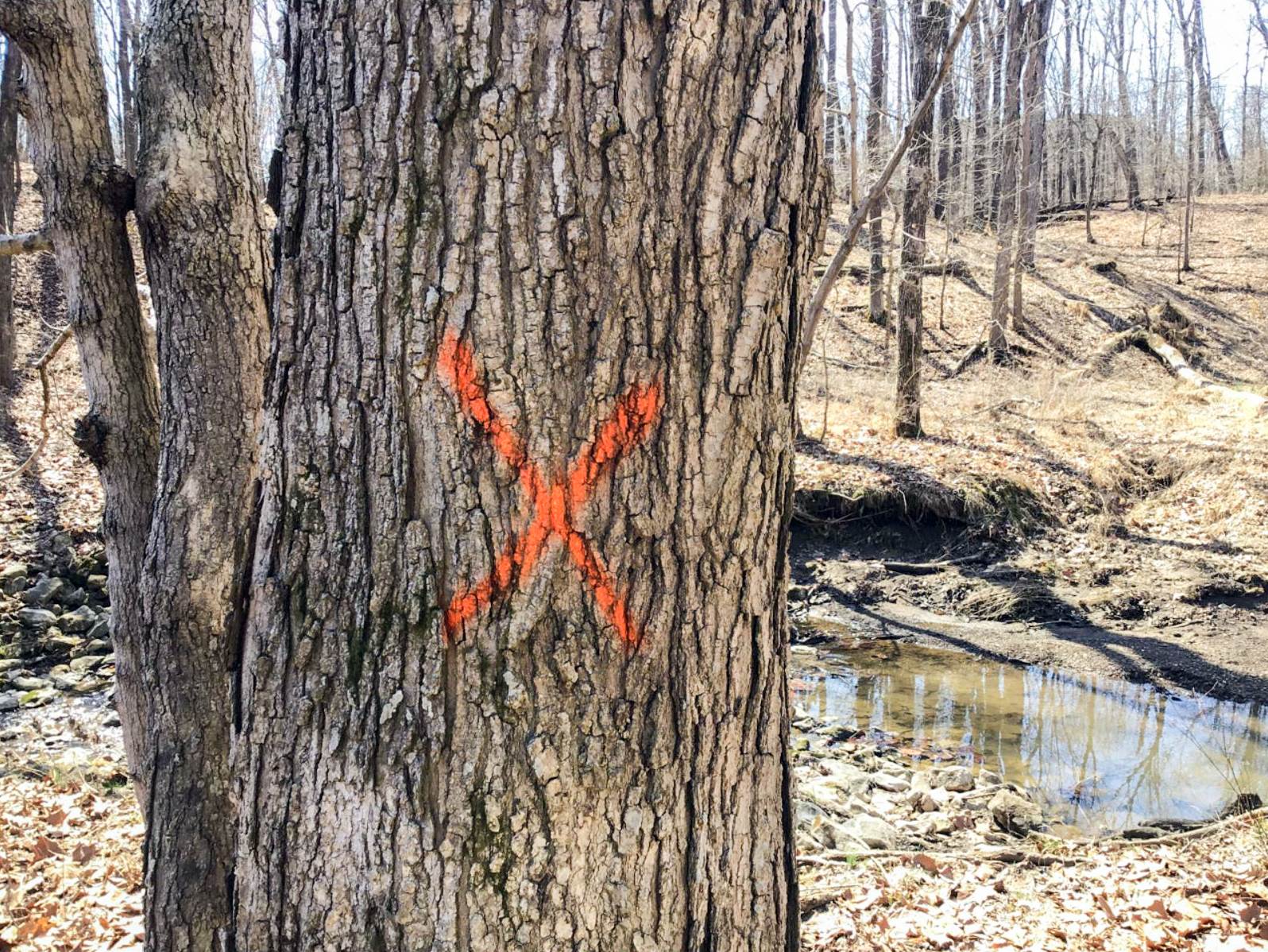Summer will soon be officially here, and gone are the long, chilly nights of winter. With the warmer weather, you may find yourself spending more time outdoors, enjoying a relaxing day by the pool or heading to an exciting new destination for a vacation. But humans aren’t the only species that becomes more active when the weather warms up. Across the country, many members of the animal kingdom have ended their winter slumbers to resume their warm weather activities — and the habits of two federally protected species in particular may have implications for your rail project.
 This map indicates states where the Indiana bat or northern long-eared bat could be found.
This map indicates states where the Indiana bat or northern long-eared bat could be found.
The Indiana bat (federally endangered) and the northern long-eared bat (federally threatened) hibernate in caves in the wintertime but roost in trees during the warmer months. The populations of both species have declined, with a major threat found in white-nose syndrome, a fungal disease. The reproductive females of these species rely on spaces underneath peeling tree bark, as well as the cavities and crevices of live and dead trees, for roosting habitat. To help ensure these winged moms-to-be have a place to rear their young, many regulatory agencies have established windows of time when cutting down potential bat trees is prohibited.
 This tree was marked as a potential bat habitat.
This tree was marked as a potential bat habitat.
Avoiding the summertime roosting habitat of an endangered bat species is common in the rail industry. Suitable roosting habitats are often found alongside railroad tracks. The Indiana bat may be found in 22 states, while the northern long-eared bat has a range of 37 states.
Unexpected project delays related to bat trees can grind a rail project to a halt and be costly, but setbacks can be avoided with careful planning. If you have questions about tree clearing or suspect your rail project may affect bats, please contact railroad permitting specialists Nate Badgett at nbadgett@hanson-inc.com or Jennifer Sunley at jsunley@hanson-inc.com.